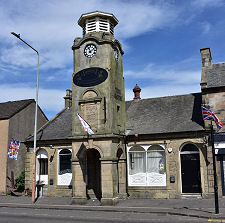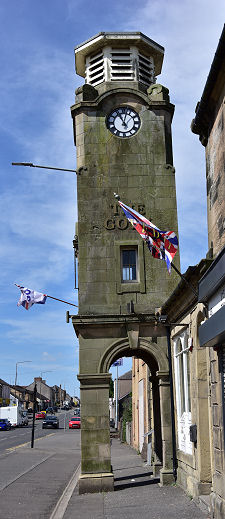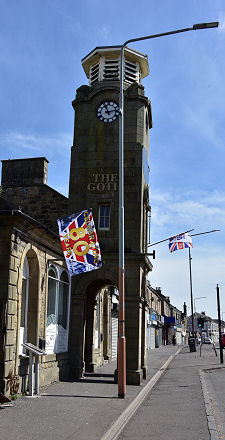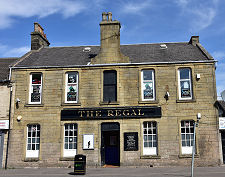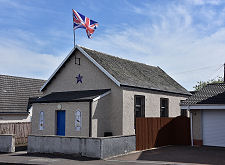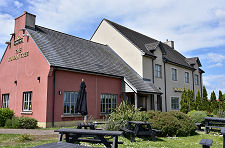 The Goth on West Main Street |
Armadale is a town in West Lothian standing some two miles west of Bathgate on the main road to Airdrie and Coatbridge. This road was the most popular route between Edinburgh and Glasgow during the 1800s and became known as The Great Road. The building of the M8 in the late 1960s removed through traffic from the town, which is now seeing a building boom following the restoration of rail links to Edinburgh and Glasgow.
The estate on which Armadale was later built was originally known as Barbauchlaw, a name still associated with the burn which runs around the north side of the town. The Barony of Barbauchlaw was awarded to James Cochrane in 1584, and the family were influential in the area over the following two centuries. In 1622 James Cochrane of Barbauchlaw, possibly the son of the first Baron, was appointed Sheriff of Linlithgow. A descendent became Sheriff of Bathgate in 1703.
Harry Cochrane of Barbauchlaw died without successors in 1789. In 1790 the Barbauchlaw estate was purchased by Sir William Honeyman. Honeyman inherited the family title of Lord Armadale in 1797, a title based on the location of the traditional family estates on the north coast of Sutherland. The name of the village here seems to have been changed to Armadale not long afterwards. (Continues below image...)
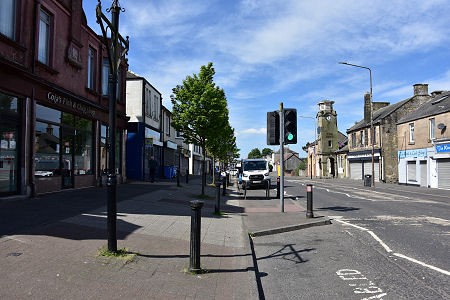 West Main Street |
During the 1800s, heavy industry and mining came to Armadale in much the same way it did to many previously quiet villages across the central belt of Scotland. By 1914 the rapidly growing settlement was home to three collieries, a number of oil shale mines, a gasworks, five brickworks, several quarries, and a large steelworks. At the time of the 1911 census, Armadale was recorded as having the most overcrowded housing anywhere in Scotland.
Two of the collieries had closed by the mid 1960s though the last, Easton, continued to employ 700 men until the early 1970s. The last steel production ceased in the early 1990s. Armadale was also hit by the closure in 1986 of the Leyland Trucks plant in nearby Bathgate, which at its peak in the 1970s had employed some 7,000 people. The more recent rise and, to an extent, fall, of West Lothian's "Silicon Glen" has also had an impact on the town.
Nonetheless, Armadale is ideally placed to take advantage of excellent road links, and the restoration of rail services has been hugely significant. This gives Armadale rail links with both Edinburgh and Glasgow and has resulted in a boom in house building, especially to the south and east of the town.
Armadale itself has a broad main street which gives the town's buildings a slightly insubstantial feel. There are a number of exceptions to this. East Main Street is home to the imposing Miners' Welfare Institute now converted to housing. Dominating the centre of the town is the tower of The Goth. The Goth was opened in 1901 as part of the Gothenburg System, designed to cut down on excess consumption of alcohol on the part of industrial workers living in overcrowded houses by providing food and coffee as an alternative. According to a inscription on its front face, the building was refurbished and the tower was added in 1924. And if you think the tower is leaning, don't worry, that is not a sign of alcoholic excess: it actually does have a significant lean out into the street. The Goth now offers a bar and a function hall.
Overlooking the crossroads in the centre of Armadale is the Kerr Memorial, commemorating a local resident, Mrs Elizabeth Kerr, who was killed on 26 November 1919 while saving a child from being run over by a motor car. Less poignant is the nearby "Industrial Plant", a sculpture placed here in 1992 and, according to its plaque, intended to combine the themes of industry and nature.
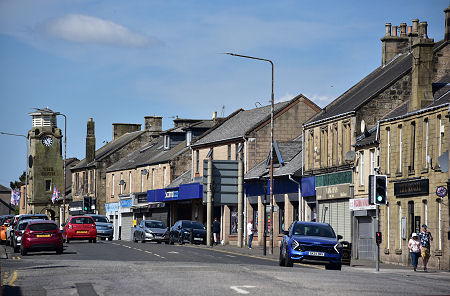 Armadale's West Main Street |
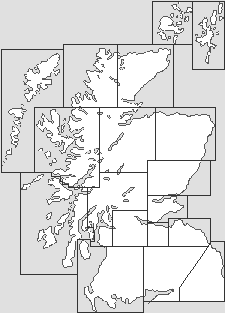
|
|
|
Visitor InformationView Location on MapWhat3Words Location: ///hotels.clocks.whisker |
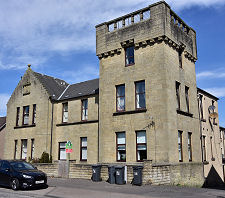 Miners' Welfare Institute, Now Converted to Housing |
 "Industrial Plant" |
 The Kerr Memorial |
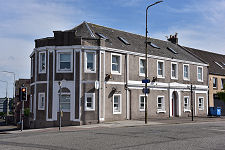 East Main Street |
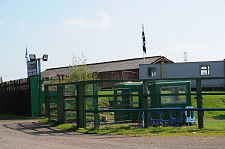 Armadale Stadium |
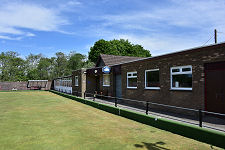 Armadale Bowling Club |
